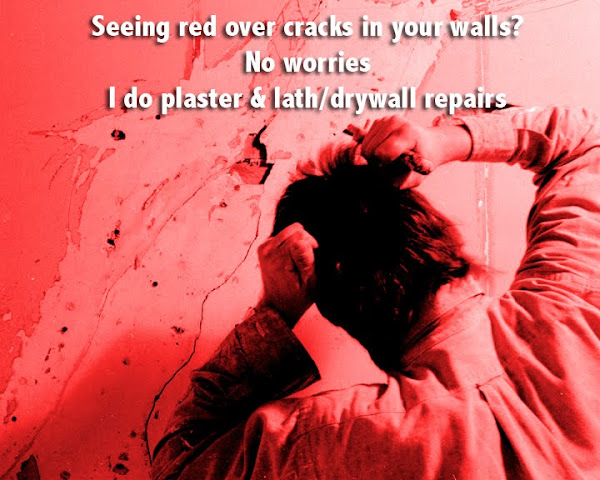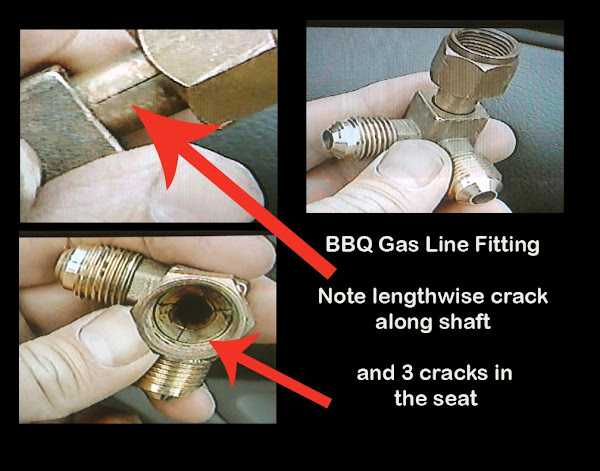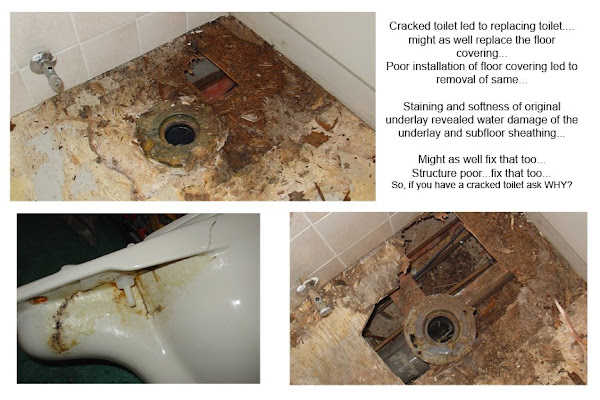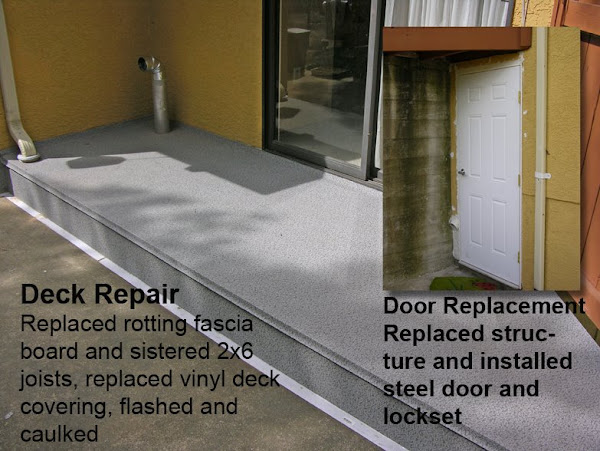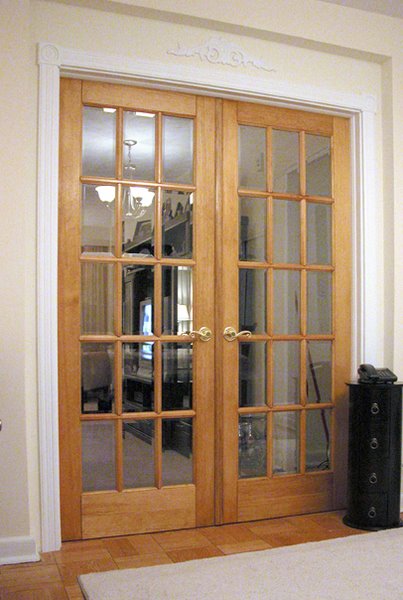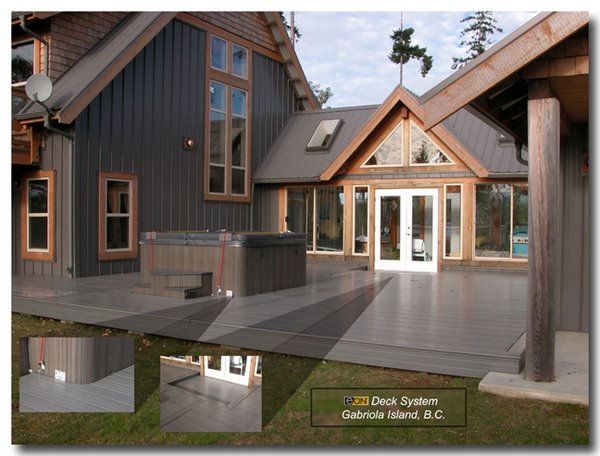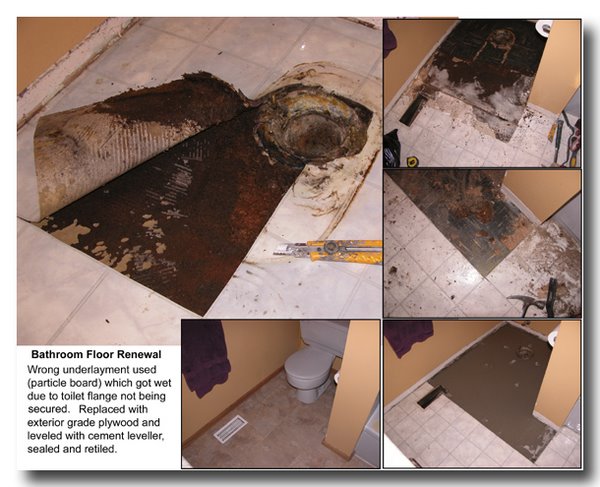Do you know where your house’s main water shutoff is? Recently I was called in to replace an older shower valve but because I could not find the main water shutoff, I was unable to do this simple task. Newer shower valves have integral shutoffs so this issue doesn’t apply to them.
It’s important to know where the shutoff is in case of emergencies like a cracked pipe as often happens during very cold spells or for the simple task of replacing a washer or other minor plumbing work. Imagine the damage to your property if there is a flood, not to mention the inconvenience of not being able to use the damaged space or the stressful task of the repair process.
Some insurance policies may not cover flood damage so it’s to your benefit to mitigate the possibilities of a flood.
Generally the main shutoff is located where the water pipe from the street enters the house, usually on the street side of the house in cities. In most cases, it’s in the basement or crawl space.
When renovating a basement or an area where the main water shutoff is located, make sure to provide access to it. This could be simply a hole it the wall or a purpose made access panel. Do not cover up this important valve and show its location to whoever uses or cares for your property.
Speaking of valves, some may weep water from the stem unless completely open or completely closed. When going on vacation or leaving your property for an extended period, it’s a good idea to shut off the water either at the main shutoff or at each fixture.
The toilet in particular is one known for causing floods. If the tank cracks and water leaks out, the valve in the tank will just run and run. So, turn off the water at the toilet when leaving your property for an extended time.
The leading cause of floods are ruptured washing machine hoses. Again, when not in use, turn off the water to this appliance. Replace the hoses every five years to be on the safe side.
Brought to you by Bennett Guinn, a handyman serving Victoria, B.C.









